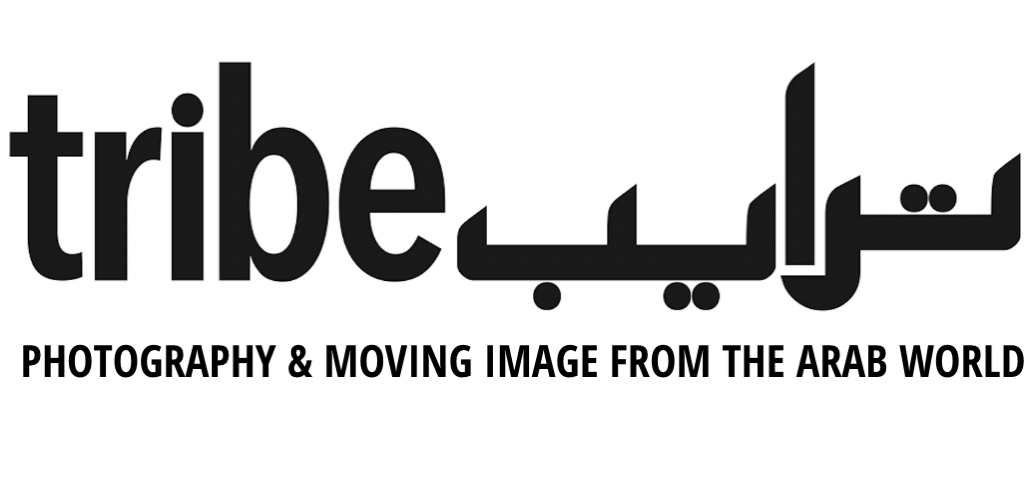Jameel Arts Centre: Farah Al Qasimi
Entering the Interzone
Farah Al Qasimi, Living Room Vape (2016). Courtesy of the artist and The Third Line
With text by Christopher Joshua Benton, artist, creative director and journalist.
These days the virtual and the real appear to be collapsing into each other. Not only are we easily confused by what is real or fake, but sometimes the artificial appears even more real. It’s at this intersection where one finds the complex work of Farah Al Qasimi, whose excellent survey for Jameel Arts Centre brings the Abu Dhabi-raised, Yale-educated, New York City based photographer back to the Emirates.
Interestingly Dragon Mart, Dubai’s kaleidoscopically kitsch emporium of everything, and the largest Chinese market outside of China, is the subject of about a third of the works in the show. Originally commissioned as part of Art Dubai’s Global Art Forum, these deadpan images consolidate many of Al Qasimi’s leitmotifs—an interest in the hyperreal, the sci-fi artifice of the Gulf, and perceptions of class and taste (and its signifiers)—and cranks them up to larger-than-life proportions. My favourite is Dragon Mart LED Display, which (incredulously!) contemporises Dutch still-life and folds it into a Technicolor window display, brim-full of Shenzhen- via-Yiwu motorized tchotchkes, plastic flowers and LED strips.
Quickly you will notice many of the figures in these photographs are implied, camouflaged, obscured, or silhouetted—but never fully seen. This ambiguity creates a sense of the uncanny, inviting the viewer to interrogate the mise en scène for clues of narratives, place and context. In one image a man pulls a disappearing act in a billow of smoke; while in another, two males are blacked out by time in what appears to be an old family photo book. ‘I think of obfuscation as protection,’ Al Qasimi said in an interview with Tribe. “I try to seek meaning in gesture, or movement, or social dynamic rather than in facial expression or visibility.”
Elsewhere in the show, we see an American soldier being consoled or pulled away while taking a phone call. While in Gaith at Home we see a Khaleeji man eyes-closed in repose atop crisp bed linens. Al Qasimi, always the master colour stylist, bathes the scene in shadow and dims the man in white, just a few hints of skin to guide your eye. The subject’s gesture is tentative and suspended between frames: is he about to tie his ghutra? Is he practicing kundalini finger meditation? The image, of course, is posed—but it feels real, candid. Images like these complicate and subvert the expectation of power through striking moments of intimacy and fragility. “The Emirates is a society that upholds social boundaries and formalities, particularly across genders” Al Qasimi told us. “I’m trying to break down some of these boundaries by entering spaces you don’t normally see, hinting at personal lives and informal moments.”
Across these 19 images, Al Qasimi skillfully presents various modes of photo-making, from appropriating the glossy seductive aesthetics of commercial fashion photography in M Napping on Carpet, to flâneur- mode street photography in her Dragon Mart series. Her trademark wall wraps, which often background other framed photos as wallpaper would, add a trompe l’oeil tableau, while also signaling installation art. And yet, regardless of the photographic or artistic tradition, the result is unmistakably Farah Al Qasimi.
Stare into the images long enough and you might fall into them. Al Qasimi’s brand of Gulf Futurism is less ironic than her contemporaries, but probably more complex—offering up a sentimental, nostalgic, and critical window that is world-building for a space identical to the Emirates but weirder, parallel to what we see everyday, yet altogether more fantastic.


